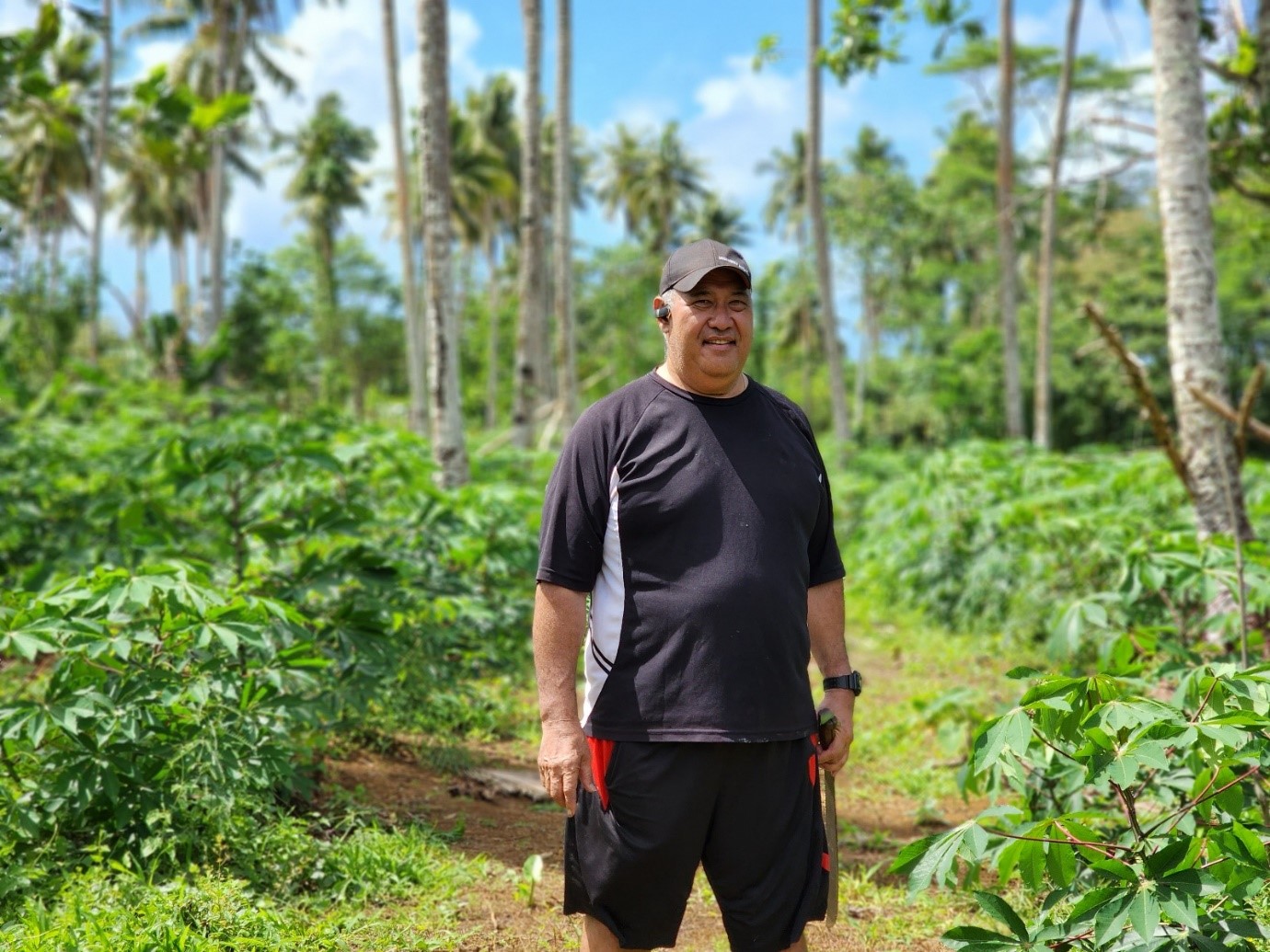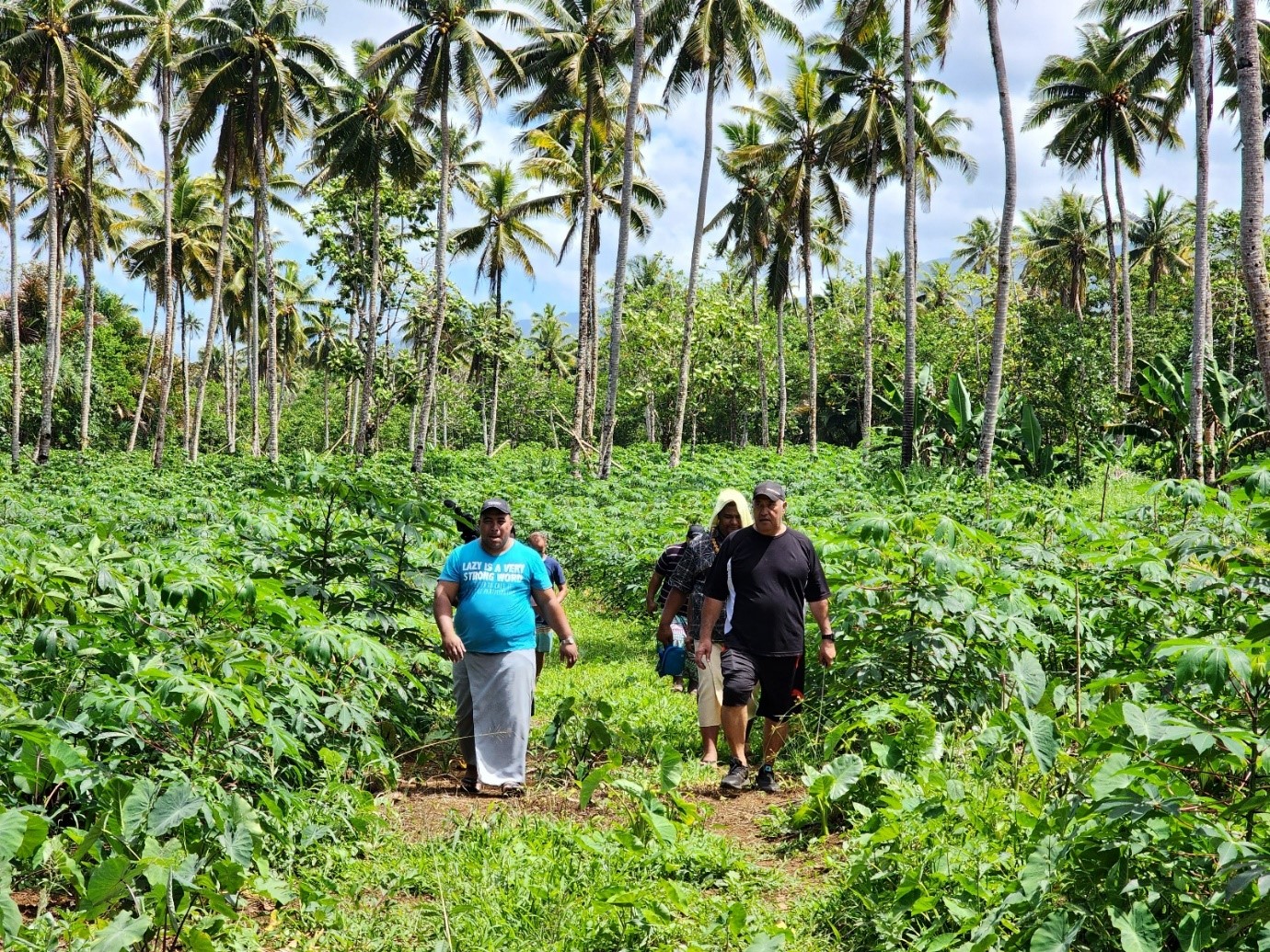An old crop for a new crisis: how cassava helped Samoans through the pandemic
IFAD Asset Request Portlet
Asset Publisher
An old crop for a new crisis: how cassava helped Samoans through the pandemic
Estimated reading time: 2 minutesWhen the COVID-19 pandemic forced Samoa to close its borders in March 2020, residents were soon confronted with a flailing economy and rising food insecurity – and a road to recovery that was set to be long and steep.
It was during this time that 62-year-old Fuimaono Maiava Viiga found a silver lining amid the hardship.
Faced with the prospect of food insecurity, Fuimaono left the city and relocated to his family farm in Salani, where he rediscovered the benefits of cassava (referred to locally as manioka), a woody shrub that had once been a staple food for Samoans, especially in times of crisis.
“Cassava is not just a root crop, we can also use its leaves,” says the retired civil servant, in reference to the medicinal qualities of the leaves.
Tolerant to drought and high temperatures, cassava is one of Samoa’s most durable crops. It is easy to harvest and grow and can be left in the ground for years and still maintain good texture and taste. However, it is not a popular crop in Samoa, where it is often considered “poor man’s food”.

“The majority of our country [doesn’t] value it as a crop, and a lot of our people have forgotten how it was used back then,” explains Fuimaono, who doesn’t care much for the shrub’s bad reputation.
Inspired by the cassava, he developed his business around the crop and created market linkages for other cassava farmers.
Then, in 2022 the Pacific Islands Rural Agriculture Stimulus Project (PIRAS) and the Samoa Agriculture and Fisheries Productivity and Marketing Project (SAFPROM) helped Fuimaono build on his dream by financing the rental of an excavator to clear 10 acres of land. The farmers were also provided with 20,000 cassava stalks, as well as other farm tools. They have since expanded their farm by another 5 acres.
With this major boost from PIRAS, the collective continues to strengthen local food production while working to develop the cassava industry in Samoa.

Now, Fuimaono hopes to begin exporting his produce internationally. However, Samoa lacks a steady supply chain, making it a challenge for cassava producer to sell his product to the world.
“My main goal is to improve food security for my family and village,” says Fuimaono. “I believe cassava is the crop fit for this purpose as it is sustainable and easy to grow. My goal for the future is to have a flour mill in our village. With this, our association can work together and move forward as a village for a sustainable future.”
Publication date: 14 December 2022